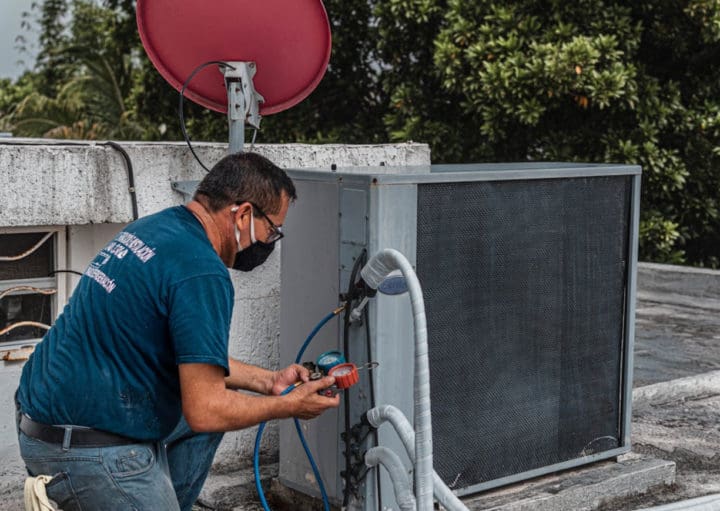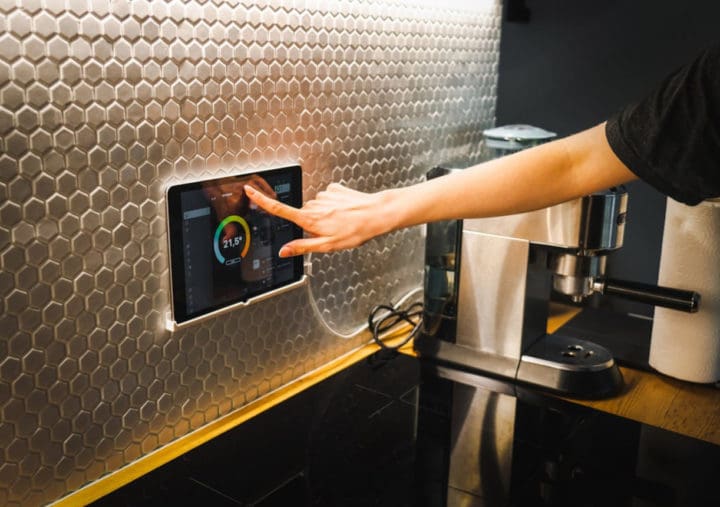20 Beach Essentials
20 Beach Essentials These 20 Beach Essentials are exactly what you need for the perfect week at the beach or a weekend beach trip. We curated this list based on need and price. If...
Ensuring high-quality indoor air is crucial for maintaining a healthy living space, yet it often doesn't receive the attention it deserves. Compromised air quality indoors can lead to a variety of health issues, including respiratory conditions and allergic reactions. Annually, 3.8 million people globally succumb to illnesses attributed to indoor air pollution, highlighting its significance as a public health issue. This underscores the essential need for proactive steps to protect the air in our homes and workspaces.
This article empowers you to take control of your indoor air quality with practical tips that are easy to implement. We'll explore how small changes in your daily habits and home maintenance can significantly improve the air you breathe, creating a healthier and more enjoyable environment. Get ready to embark on a journey towards cleaner air in your own home!

Enhancing air flow within indoor spaces is a pivotal method for diminishing the presence of pollutants. Initiatives such as cracking open windows to welcome in fresh air from outside, utilizing exhaust fans in high-moisture areas like kitchens and restrooms to dispatch pollutants at their origins, and maintaining your air conditioning and heating systems are fundamental.
Our homes rely on HVAC systems to circulate and filter the air we breathe. These systems act like workhorses, pulling in air and simultaneously sieving out dust, allergens, and other unwanted particles. This highlights the importance of keeping your HVAC system well-maintained. Regularly cleaning or replacing the air filters is essential. A clean filter ensures a wide range of pollutants, including tiny particles, are trapped and not recirculated throughout your home. The good news is that modern HVAC units often come with built-in features to further improve indoor air quality. These might include integrated air cleaning systems, UV light sterilization to kill germs, and even advanced humidity controls that keep moisture levels optimal, preventing mold and dust mites from thriving.
Prioritizing a clean environment is fundamental for the purity of air in indoor settings. Engaging in a regular cleaning schedule significantly mitigates the accumulation of dust and animal fur, key causes of allergic reactions in enclosed spaces. Thorough vacuuming of textiles and diligent wiping of hard surfaces with wet cloths are effective in diminishing the presence of allergens. Choosing cleaning materials that don’t contain harmful volatile organic compounds (VOCs) enhances the air's purity. Moreover, ensuring unobstructed pathways for air to traverse your home is essential for the expulsion of pollutants, thereby cultivating a well-ventilated living space.
Balancing moisture within indoor environments is pivotal for curtailing the spread of mold and dust mites. Sustaining humidity levels between 30 and 50 percent effectively restricts the proliferation of these allergens. Using dehumidifiers, coupled with prompt rectification of leaks, serves as an efficient measure for moisture control. These actions not only inhibit the emergence of mold but also create an environment that is less accommodating to dust mites. Consistent monitoring with a hygrometer aids in upholding these moisture levels, fostering an indoor climate conducive to health.
Air purifiers significantly improve indoor air quality by filtering out pollutants and particulate matter. When choosing an air purifier, consider the size of the space and the specific contaminants you want to target. Placing air purifiers in frequently used rooms like bedrooms and living areas is most beneficial, especially for people with allergies or respiratory problems. Look for air purifiers with HEPA filters, as these are exceptional at capturing even the tiniest particles for noticeably cleaner air.
Livening up your home with well-chosen plants goes beyond just aesthetics; it actively improves your indoor air quality. Research has shown that specific plants excel at absorbing common toxins like benzene and formaldehyde. Introducing spider plants, peace lilies, or snake plants into your décor not only adds a touch of greenery but also helps detoxify the air. These botanical wonders create a calming, organic ambiance while working their magic on air purification. With a little TLC, these plants will continue to beautify your space and breathe new life into your indoor environment.

Enhancing the quality of indoor air is an essential endeavor towards nurturing a healthier living environment. Identifying and mitigating sources of indoor pollution, promoting air circulation, ensuring cleanliness, adjusting humidity levels, utilizing air purification technology, and decorating with beneficial plants significantly diminish the presence of indoor pollutants. Current statistics emphasize the urgency of this mission, showing a substantial amount of time spent indoors where pollution levels often exceed those found outside. By proactively managing our indoor spaces, we forge environments that bolster our health and the well-being of our household.
How to Trade Doge Crypto on Popular Cryptocurrency Exchanges?